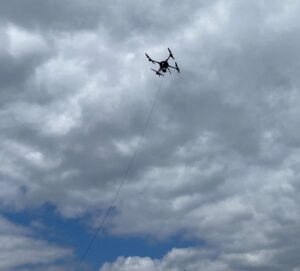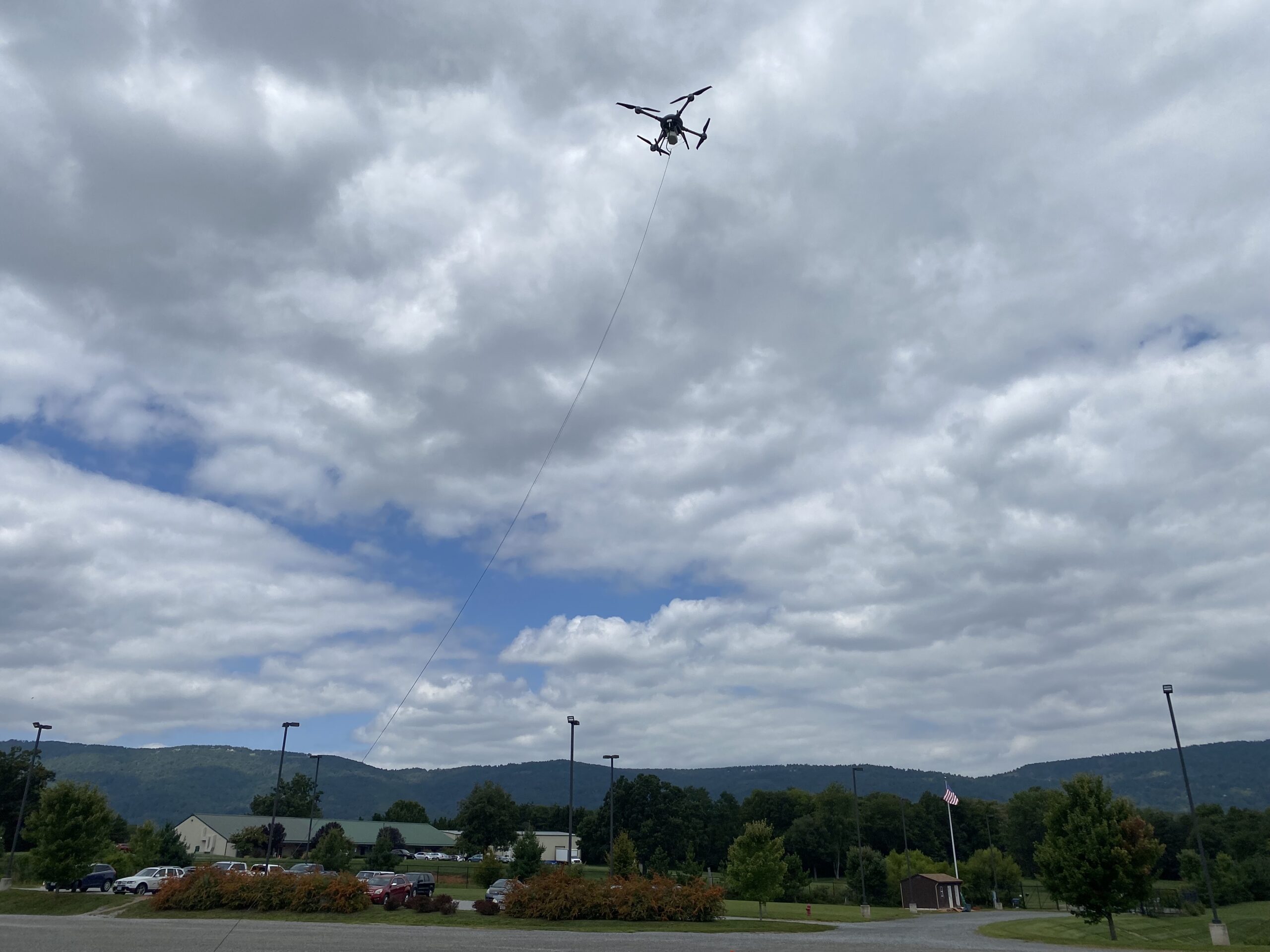
What is a Variable Height Antenna (VHA)?
What is a Variable Height Antenna (VHA)?
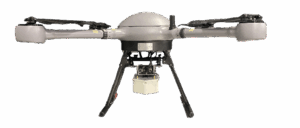
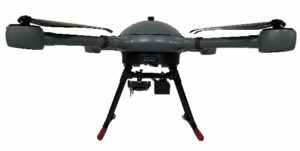
Zenith Quad-L mounted with Silvus 4200, Silvus 4400 and Persistent Systems MPU5 Radios
A variable height antenna is a communication or signal relay system that can be dynamically positioned at different altitudes to optimize performance. Traditionally, antennas are fixed to ground-based structures, limiting their line-of-sight and coverage. By integrating the antenna with a tethered drone, it can be elevated to various heights—ranging from tens to hundreds of feet—depending on mission requirements, the terrain, and environmental conditions. This flexibility allows for enhanced signal propagation, reduced interference, and improved connectivity in challenging and or remote areas.
Benefits of Using a Variable Height Antenna on a Tethered Drone
Deploying a variable height antenna via a tethered drone offers several key advantages over traditional fixed or mobile antenna systems:
- Optimized Signal Coverage
Elevating the antenna improves line-of-sight, reduces obstructions, and extends communication range which is critical in urban, mountain, and forest environments. - Rapid Deployment
Tethered drones can be powered and launched within minutes thus making them ideal for emergency response, temporary events, and tactical operations. - Altitude Flexibility
Operators can adjust the antenna height in real time adapting to changing conditions or mission needs thus ensuring optimal performance. - Persistent Operation
Unlike free-flying drones, tethered systems can operate continuously for hours or even days due to ground-based power and data connections. - Secure and Stable Platform
The tether provides physical stability and a secure data/power link which reducing the risk of signal loss or drone drift. - Reduced RF Interference
By elevating the antenna above ground clutter and competing signals, the system can achieve cleaner transmission and reception.
How Tethered Drones Increase the Range?
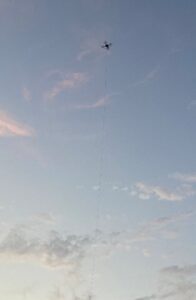
To calculate an antenna’s theoretical line-of-sight communication range, use the formula:
Range (miles) = 1.33 * (√H₁ + √H₂)²,
Where H₁ and H₂ are the heights of the two antennas in feet, which accounts for the Earth’s curvature. Higher altitudes significantly increase range because they extend the line of sight, with doubling antenna height increasing range by a factor of √2 (approximately 1.41).
However, real-world range is reduced by obstructions, atmospheric conditions, transmitter power, receiver sensitivity, and cable losses.

Tethered Drone Altitude vs Increased Line of Sight Graph
The values on the graph are also shown in the table below;
| Antenna Height (m) | LOS (km) |
| 1 | 3.57 |
| 20 | 15.97 |
| 40 | 22.58 |
| 60 | 27.65 |
| 80 | 31.93 |
| 100 | 35.70 |
Tethered Drone Altitude vs Increased Line of Sight Table
Unmanned Aerial Systems: Choosing Radio Relays
As Unmanned Aerial Systems (UAS) or drones become increasingly vital to modern operations – the demand for emergency response, infrastructure monitoring, and defense communications depend heavily on reliable, secure, and scalable connectivity. At Zenith Aerotech, we recognize that communication is the backbone of every successful UAS deployment. That’s why selecting the right radio relay system is more than a technical choice, it’s a strategic one. Zenith Aerotech specializes in making Tethered Unmanned Areial Systems (TeUAS) that support
The Role of Radio Relays in UAS Operations
Radio relays serve as airborne communication nodes, extending the reach of ground-based networks and enabling real-time data exchange between unmanned platforms and command centers. In environments where terrain, distance, or infrastructure limitations obstruct line-of-sight communication, radio relays provide a critical link—ensuring uninterrupted telemetry, video transmission, and command-and-control capabilities Zenith Aerotech’s tethered Unmanned Aerial System is suited for operating at altitudes up to 400 feet and powered continuously via ground-based tethers, our platforms offer persistent, elevated communication coverage for days at a time. This makes them ideal for mobile ad hoc networking (MANET), military operations, disaster recovery, border security, and remote industrial operations.
Key Considerations When Choosing a Radio Relay
When evaluating radio relay systems for UAS applications, several factors should guide the decision-making process:
- Frequency Band Compatibility
Relay systems must align with mission-specific frequency requirements, whether operating in UHF, VHF, S, L, C band or modulation. Compatibility with existing infrastructure and regulatory compliance are essential for seamless integration. - Encryption and Data Security
In sensitive operations, secure communication is non-negotiable. Zenith Aerotech platforms support advanced encryption protocols, including AES-256, to safeguard data against interception and ensure mission integrity. With the managed network provided by Zenith Aerotech tethered drone systems, different security level needs can be used on the same platform, with using VLANs, these networks can be easily separated. - Payload Efficiency and Power Management
Tethered drone platforms have defined payload capacities for power and weight, but at Zenith Aerotech payloads up to 20 lbs., and payload power up to 1kW is possible. - Network Scalability and Mesh Integration
Modern relay systems should support dynamic routing and mesh networking, allowing multiple nodes to form resilient, self-healing communication networks. This is especially valuable in large-scale deployments or even rapidly changing environments. - Environmental Durability
Radios must perform reliably in diverse conditions—from extreme temperatures to maritime environments. Zenith Aerotech’s platforms are engineered to operate in demanding scenarios, supporting ruggedized relay systems that maintain performance under stress.
Why Choose Zenith Aerotech’s Variable Height Antenna Solution?
Zenith Quad-L Flying with Custom Radio Payload
At Zenith Aerotech, we specialize in advanced tethered aerial platforms designed for mission-critical applications. Our variable height antenna systems are engineered to deliver:
- Precision Altitude Control
Our drones feature automated winch systems that allow smooth and accurate height adjustments, even in challenging weather conditions. - Payload Versatility
Whether you’re deploying LTE, 5G, mesh networking, or specialized RF equipment, our platforms support a wide range of antenna types and sizes. - Rugged Reliability
Built for field use, our systems are tested to perform in harsh environments—from deserts to disaster zones. - Integrated Power and Data The drones tether transfers a continues supply of high-speed data and power which removes the need for battery swaps thus enabling long-duration missions free of drone downtime.
- Custom Engineering Support
We work closely with clients to tailor solutions to their specific operational needs along with ensuring seamless integration and maximum performance. - RF over Fiber Zenith Aerotech offers fiber optical data transmission which can be used as an RF over a fiber solution. This means radio systems can remain on the ground while the tethered drone platforms carries the antenna (with the data through the fiber) off the ground.
Proven Capabilities in the Field
Zenith Aerotech has successfully integrated advanced radio relays into our tethered platforms, including Persistent Systems, Trellisware, Silvus Technologies, Triad RF, Ultra and others. These configurations have supported our clients in force protection, early threat warning, and disaster recovery missions—demonstrating the versatility as well as the reliability of our systems.
The Quad 8 heavy-lift Tethered Drone, for example, can carry up to 20 lbs. of equipment while simultaneously enabling threat detection surveillance and providing secure communications. Operators benefit from intuitive controls via Zenith QGC software which streamlines the launch, provides a health monitoring system, and gives altitude adjustments.
Whether deployed for emergency services, industrial monitoring, or defense operations, our tethered UAS platforms provide an elevated persistent communication coverage that adapts to the mission’s needs. In choosing the right radio relay system, operators can extend their reach, enhance situational awareness, and maintain secure, real-time connectivity even in the most challenging environments.
Learn More
If you have questions about how Zenith Aerotech can support your mission with tethered drone solutions, please reach out to our team at info@zenithaerotech.com. We’re ready to help you elevate your operational advantage.
